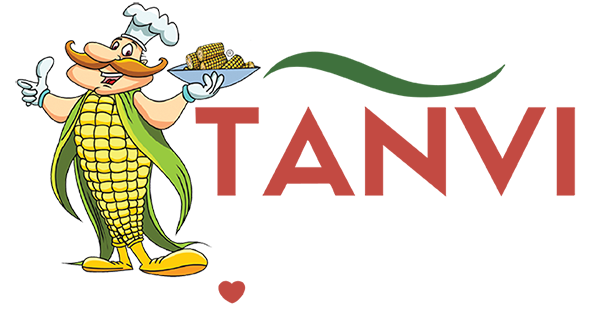Introduction
Frozen food has often been surrounded by myths—many people believe it’s less nutritious, packed with preservatives, or unsafe for families. But the truth is, freezing is one of the oldest and safest methods of food preservation. It helps lock in nutrients, maintain hygiene, and reduce food waste. Let’s break down the most common myths and uncover the real facts.
❌ Myth 1: Frozen foods lose all nutrients
✅ Fact: Freezing preserves nutrients.
When fresh produce is harvested, it immediately begins to lose nutrients due to exposure to air, light, and heat. Frozen fruits and vegetables are usually flash-frozen right after harvest, locking in vitamins and minerals. Studies have shown that frozen spinach or peas can retain more Vitamin C than fresh ones left in the fridge for a week.
❌ Myth 2: Fresh food is always healthier than frozen
✅ Fact: Frozen can sometimes be healthier.
Fresh produce often travels long distances, losing nutritional value during transportation. Frozen produce, however, is preserved at its peak ripeness. For example, frozen berries or mango pulp may actually have more antioxidants than “fresh” ones that were picked early for shipping.
❌ Myth 3: Frozen food is full of preservatives
✅ Fact: Freezing itself is the preservative.
Unlike common belief, most frozen foods don’t need extra chemicals. Freezing naturally stops bacterial growth and spoilage. If you pick plain frozen peas, corn, or meat, you’re usually getting only the food itself. Preservatives are mainly found in highly processed or pre-cooked frozen meals, not in natural frozen products.
❌ Myth 4: Frozen fruits and vegetables are tasteless
✅ Fact: They keep their natural flavor and texture.
The key lies in proper cooking and storage. When thawed and prepared correctly, frozen vegetables taste as good as fresh. Frozen berries, in fact, often taste sweeter because they’re picked at full ripeness.
❌ Myth 5: Frozen snacks are unsafe for kids
✅ Fact: They are made under hygienic conditions and safe.
Frozen foods are processed under strict safety standards. While fried options should be eaten in moderation, frozen fruits, corn samosas, or veggie bites can be fun and safe choices for children. What matters most is balance, not avoidance.
❌ Myth 6: All frozen foods are junk
✅ Fact: Many frozen foods are healthy.
Supermarket freezer aisles are not just about fries and pizzas. You’ll also find frozen vegetables, fruit mixes, seafood, poultry, paneer, and even whole-grain chapatis. Choosing wisely makes all the difference.
❌ Myth 7: Frozen food is low in quality
✅ Fact: Premium frozen foods maintain excellent quality.
Brands that use flash-freezing techniques preserve freshness, taste, and nutrition. Frozen mango pulp, green peas, or corn can often taste better than fresh ones that have been transported over long distances.
❌ Myth 8: Frozen foods are more expensive
✅ Fact: They save money by reducing waste.
Buying fresh food that spoils quickly can be costlier in the long run. With frozen food, you use only what you need, when you need it. This reduces wastage and helps with portion control—making it budget-friendly.
❌ Myth 9: Frozen food causes health issues
✅ Fact: Health depends on diet and lifestyle, not freezing.
Frozen food itself doesn’t cause harm. Health problems only arise when people overconsume fried, processed frozen snacks. But using frozen vegetables, fruits, and grains as part of a balanced diet is absolutely safe and healthy.
Conclusion
Frozen food isn’t the villain it’s often made out to be. It’s safe, nutritious, convenient, and eco-friendly when chosen wisely. The key is in balance—opt for natural frozen fruits, vegetables, and proteins while enjoying snacks in moderation. Freezing is simply a smart way to make healthy eating easier and more accessible.
